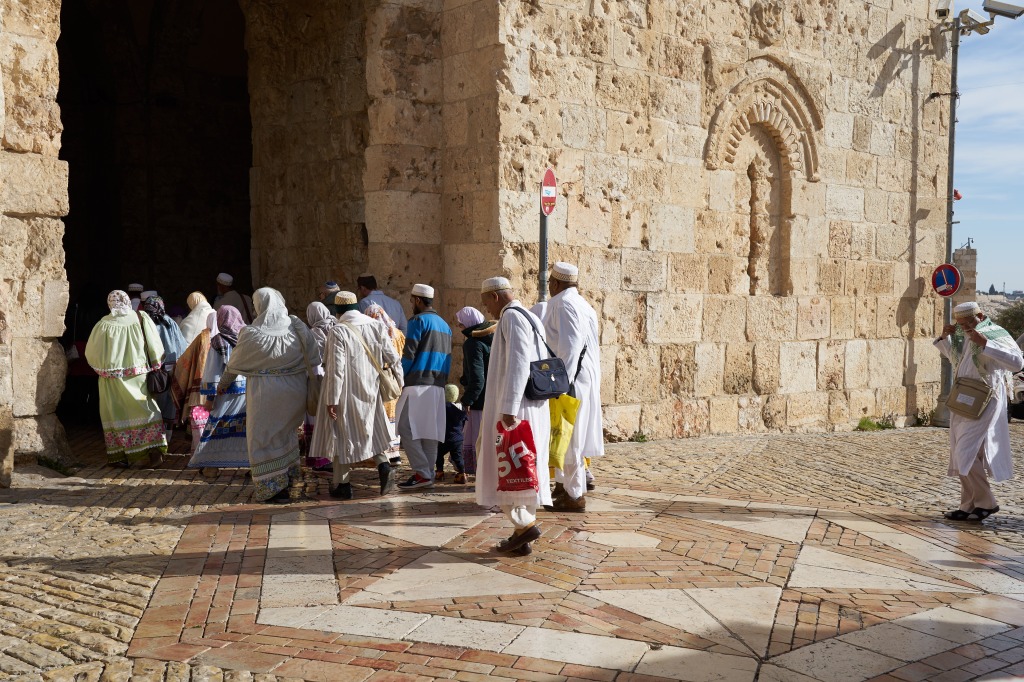One of the gates entering the Jewish Quarter of the Old City is Zion Gate. Just outside Zion Gate is Mount Zion, and King David’s Tomb. The gate has several other names, including King David’s Gate, the Gate of the Jews, and the Wounded Gate. It is pock-marked with hundreds of bullet holes from the Israeli War of Independence in 1948. Israeli forces outside the city were firing on the Jordanian forces that held the gate. While the Israeli forces were able to enter, they were driven back, and the city remained under Jordanian control until 1967. The gate remained closed during that time.


One of the notable features of Zion Gate is the beautiful mosaic design in the pavement just outside the city wall.

The University of North Carolina has an archaeological excavation site just outside from Zion Gate. In 2019 they discovered a layer dating to the Babylonian conquest of Jerusalem in 586 BC.






